Michael Clark: Cosmic Dancer – Barbican, London
A review of the Barbican exhibition on Michael Clark. Another great exhibition that I could only see the Barbican putting on.
The Barbican: London’s Home of Avant Garde Exhibitions
I really love seeing exhibitions about artists I’m not at all familiar with, and this was no exception. The Barbican is particularly good for these exhibitions actually. Perhaps because the City of London funds them and therefore the bottom line is not quite so critical; they are more about the avant-garde than blockbusters. I really enjoyed seeing Masculinities when they reopened in the summer, and Michael Clark: Cosmic Dancer is actually quite a good counterpoint to this exhibition. I squeezed this one in just before lockdown 2.0. Hopefully by the time this is published it will be open again for the last month of its run. [Edit: it is! No extended dates though to hurry to catch it.]
Michael Clark, for those like me who are not so familiar with him, is a Scottish dancer and choreographer. He was born in 1962 in Aberdeen, and trained classically in ballet before moving into a more contemporary dance style after joining Ballet Rambert in 1979. He is important to more than dance, however. What this exhibition aims to prove is his importance as a cultural player in Britain and beyond. Clark certainly encapsulates something of the Zeitgeist of 1980s Britain. He has drawn on punk and queer energies, and collaborated with similarly rebellious elements in fashion, art and music. The lens through which this exhibition operates is the artists who have been influenced or inspired by Clark. The viewer thus gets to know his story and his work through these eyes, in the form of photographs, videos, installations and other artworks.
An Immersive Introduction to Michael Clark in the Barbican Galleries
As such, it is a hugely immersive exhibition. Almost the entire exhibition space is as dark as if it is a theatre performance. This shows off perfectly the large-scale ground floor installation by Charles Atlas. A Prune Twin was created especially for this exhibition by this long-time Clark collaborator. Multiple screens display fragments and re-edited versions of films which introduce the viewer to Clark’s works. They also explore the context in which they were created and produced. As well as the finished productions, we see downtime with friends like Leigh Bowery, rehearsals, and London life in the 1980s. The sound switches between different screens at different times. It encourages you to walk around and dip in and out of the various fragments; this is more about soaking up a time and a place and an atmosphere than watching a formal documentary.
One thing that inadvertently helps to really take in Atlas’s work is that the ones following it are in smaller spaces and queues tend to form. When we joined the queue we were told it could be 30-45 minutes to get into the next space. It was thankfully much shorter than this in the end, but there was only room for 5 people who could choose to spend up to 15 minutes watching the whole next film. So plenty of time to lean or sit against the wall and watch more of A Prune Twin.
Worth the Socially-Distanced Queueing
There is an option to skip the other downstairs films if you don’t want to wait. But in my opinion it’s worth it. Clark collaborated a few times with the band The Fall in the 1980s; the first room brings together some recreations of props used (like a giant hamburger) as well as some music videos and clips from I Am Curious, Orange, commissioned by the Holland Festival in 1988; Cerith Wynn Evans shot the videos on the set of I Am Curious, Orange. There is also a projection of a filmed version of the production from Sadlers Wells. It encourages viewers to think about how something as ephemeral as dance can be documented and ‘collected’ for later display.
After a brief interlude where posters, programmes and flyers from productions by the Michael Clark Company are displayed, there is another bit of queueing. This is to get into a room where Sophie Fiennes’ film of a work titled current/SEE. It was choreographed by Clark, with music by Susan Stenger and all-bass guitar band Big Bottom. It’s simple yet effective. The darkened room and loud speakers heighten the experience of watching the dancers, and it ends up being quite visceral. The long wait attests to this too, as most exhibition-goers seemed to watch most or all of the clip.
Clark’s Influence on Art and Artists
Upstairs, the space lends itself to smaller-scale installations; there is a wider variety of artists and collaborators on display up here. One of my particular favourites was a couple of rooms devoted to Sarah Lucas; one larger-scale with a fantastic giant sandwich and one smaller-scale with lots of her works made of cigarettes. I also liked the costumes by Leigh Bowery, and a 16mm film of one of Clark’s works, shot in 2008 by the man himself.
These room clearly show the ways in which Clark has been influential on late 20th Century British art and culture. It gives space to Clark’s various activities: utilising Bowery’s boundary-pushing costumes (lots of bare buttocks); as inspiration for portraits and photographs; choreographing fashion shows and featuring in campaigns; and even helping Sarah Lucas by sticking cigarettes onto some of her sculptures (this last one apparently not very well). It speaks to a largely integrated, transgressive, vibrant, avant-garde culture that is not as easy to find in contemporary London, where artists across all media and genres felt a political and artistic urgency and pushed each other to ever greater heights.
Where is Michael Clark In All This?
Finally in this review, but not quite finally in the exhibition, there is also a film archive space. It is split across the upstairs and downstairs and seems to mostly have footage of performances on stage and television. I was able to catch an interesting 1980s documentary when I was in there. I couldn’t find in the gallery guide where this documentary came from, but I found it helped me to better understand a man who is ever-present in this exhibition, and yet strangely lacking.
What struck me after I finished the exhibition is that something like this would normally either be posthumous, or would show more direct involvement from the subject themselves. There are some quotes from Clark in the gallery guide which seem to indicate that he was involved in the curation, but he is somehow in the background while also being in the foreground. It’s hard to put my finger on… It doesn’t detract, however, from another great show from the Barbican. Once again they have expanded my horizons and added to my cultural and artistic knowledge. It’s a shame it has had to close for a month during its run, but is definitely worth trying to see before it closes.
Salterton Arts Review’s rating: 4.5/5
Michael Clark: Cosmic Dancer until 3 January 2021
If you see this after your page is loaded completely, leafletJS files are missing.


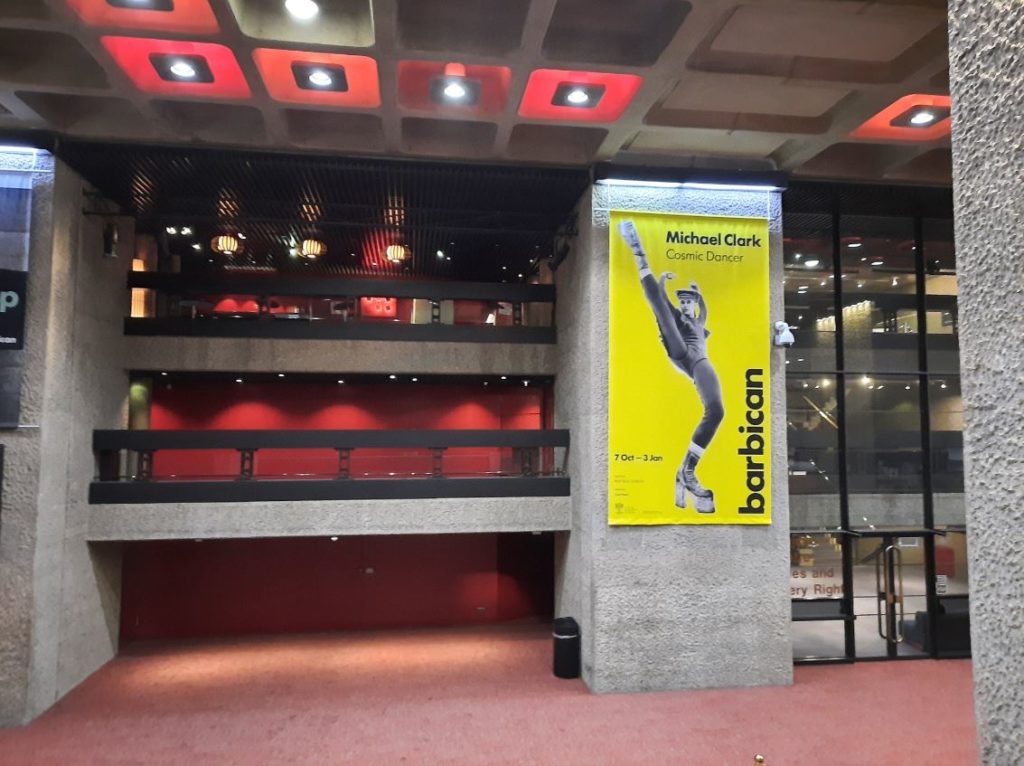
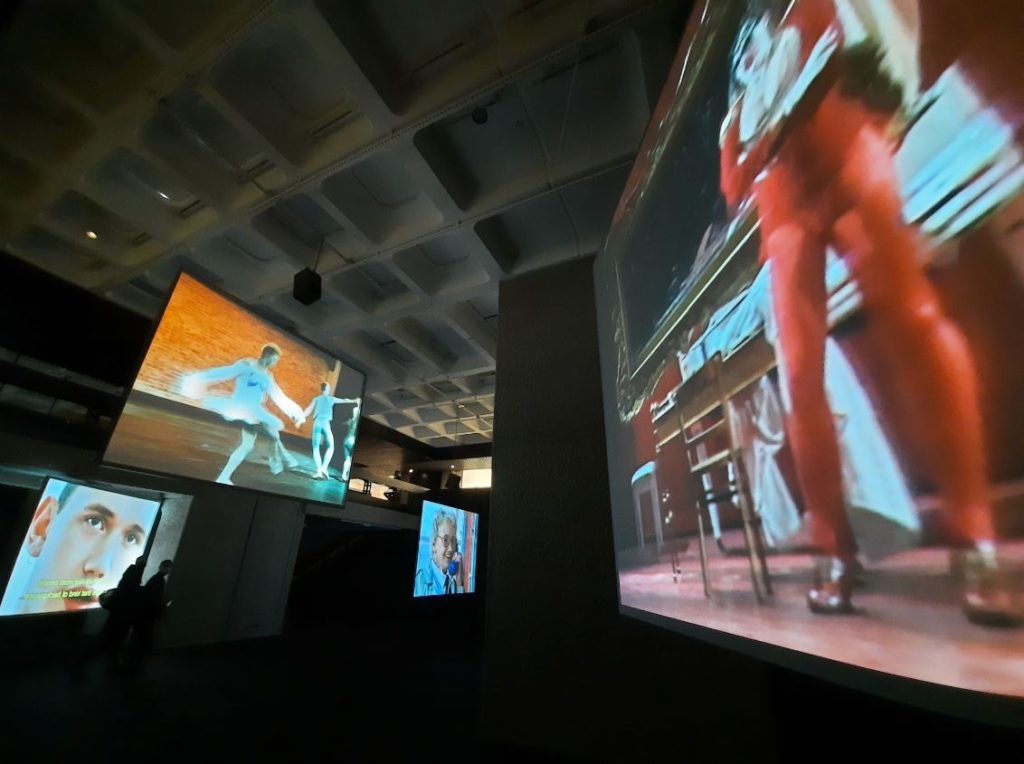
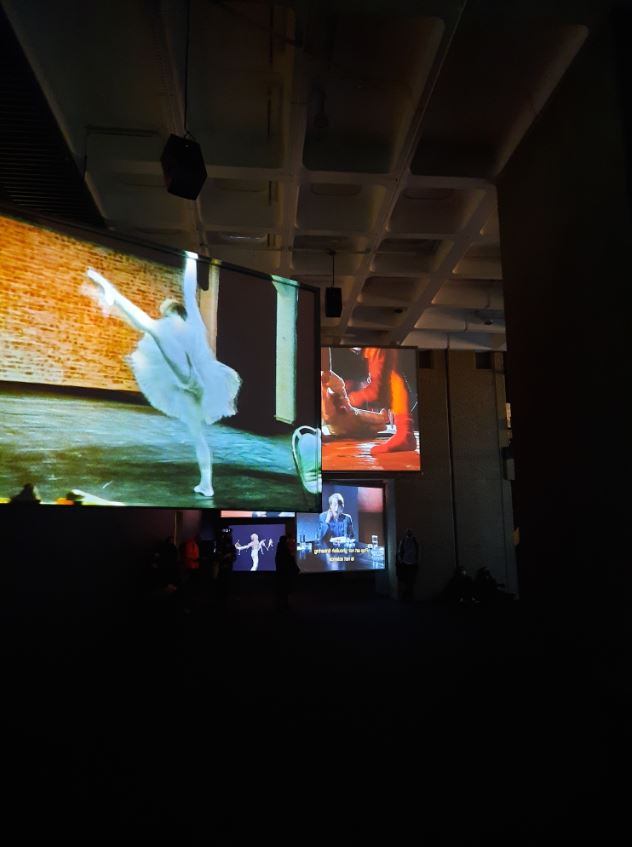
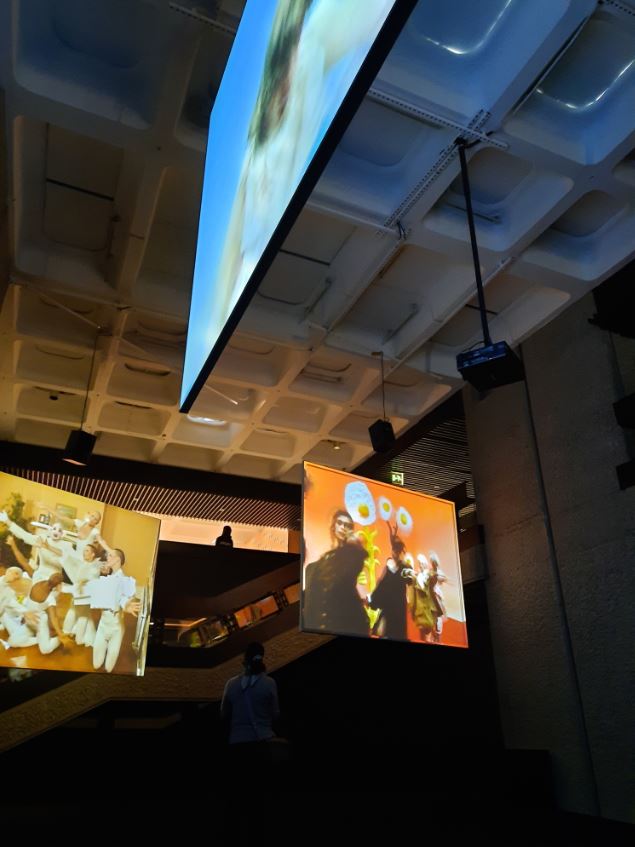

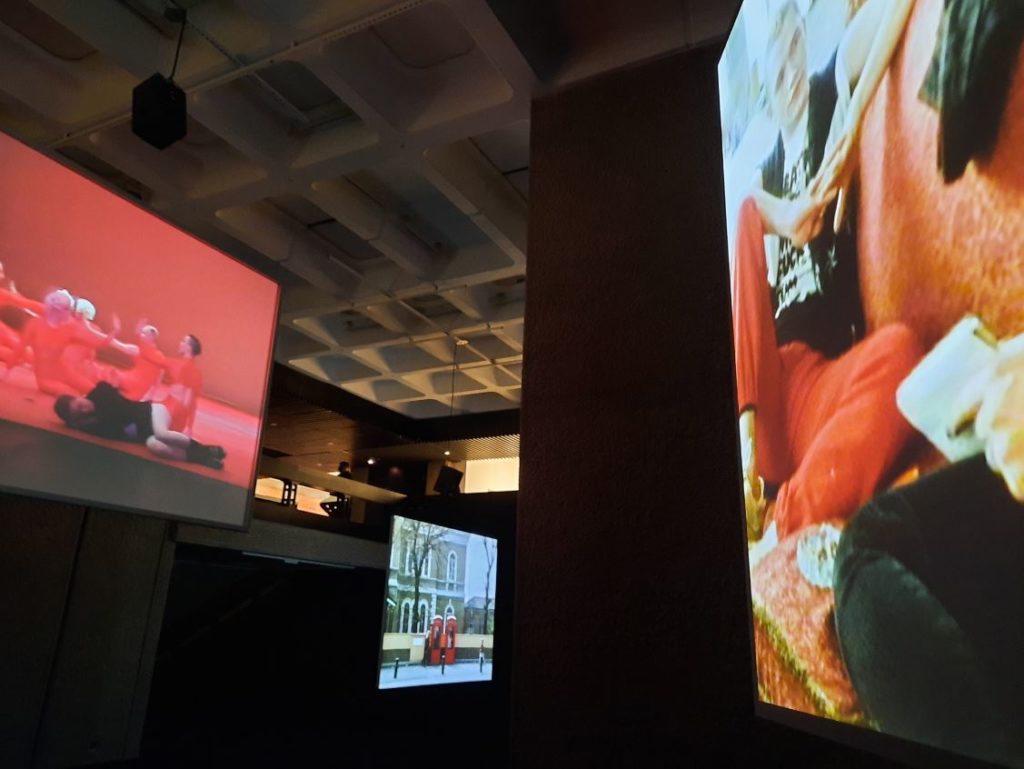

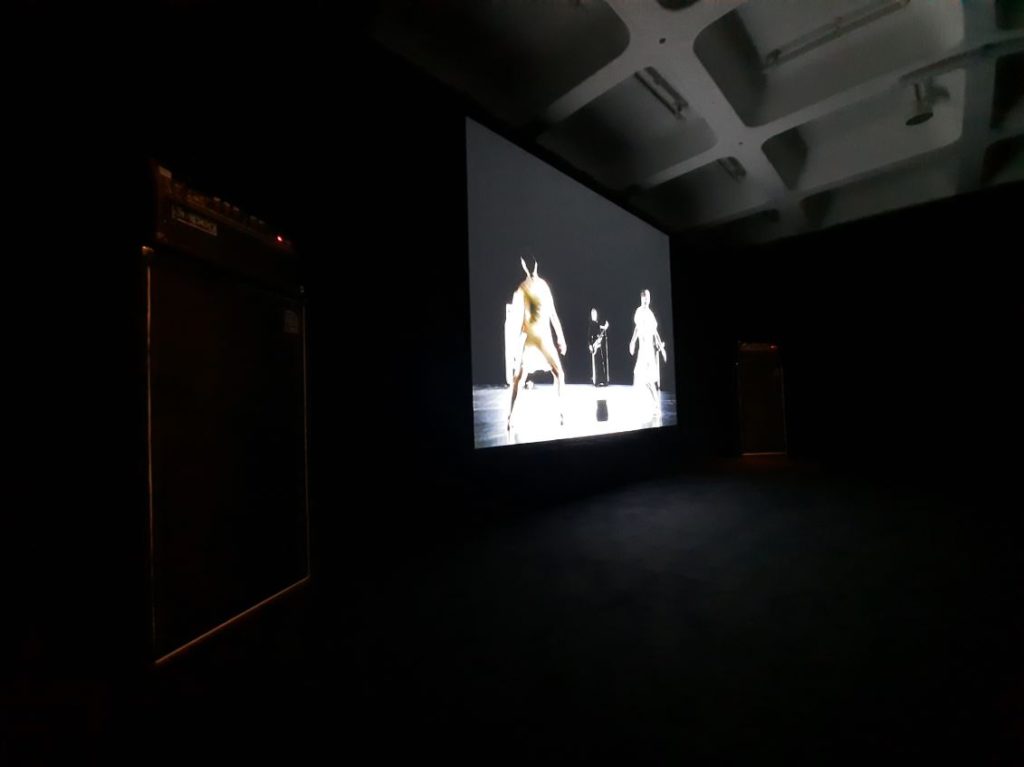

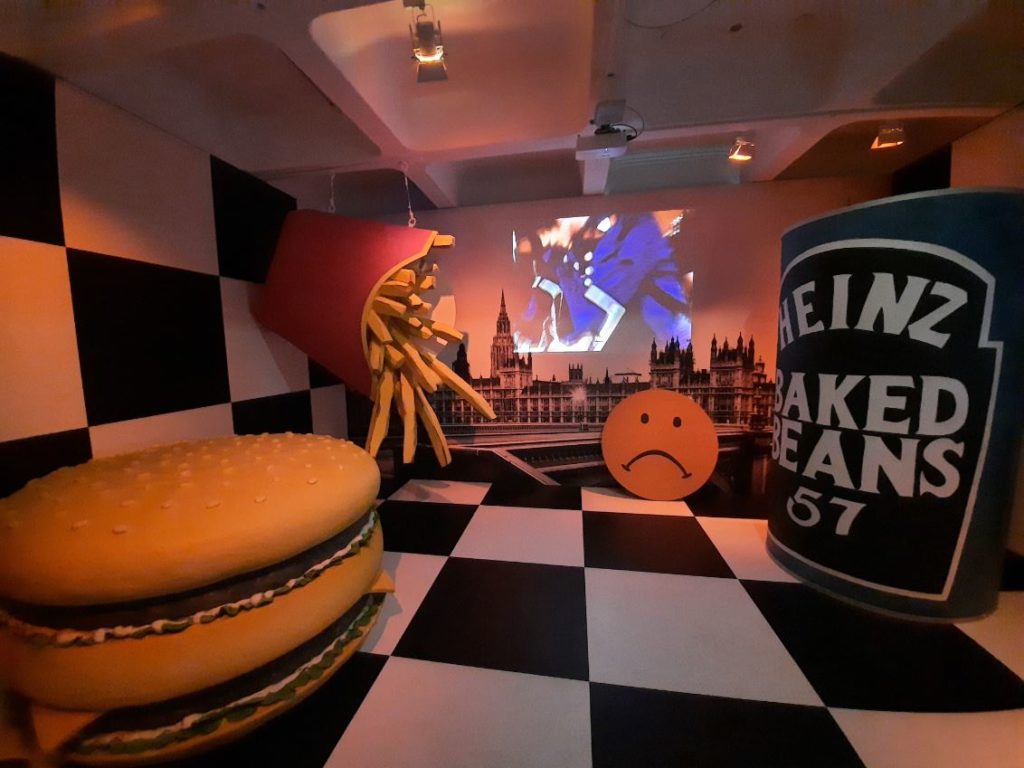
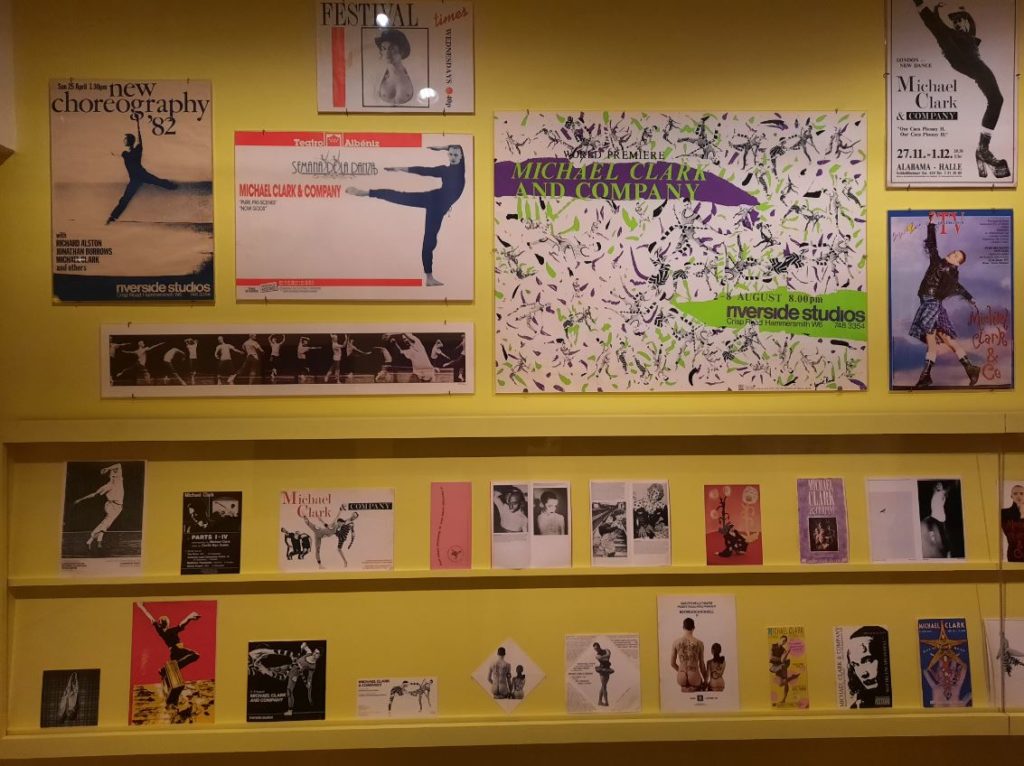

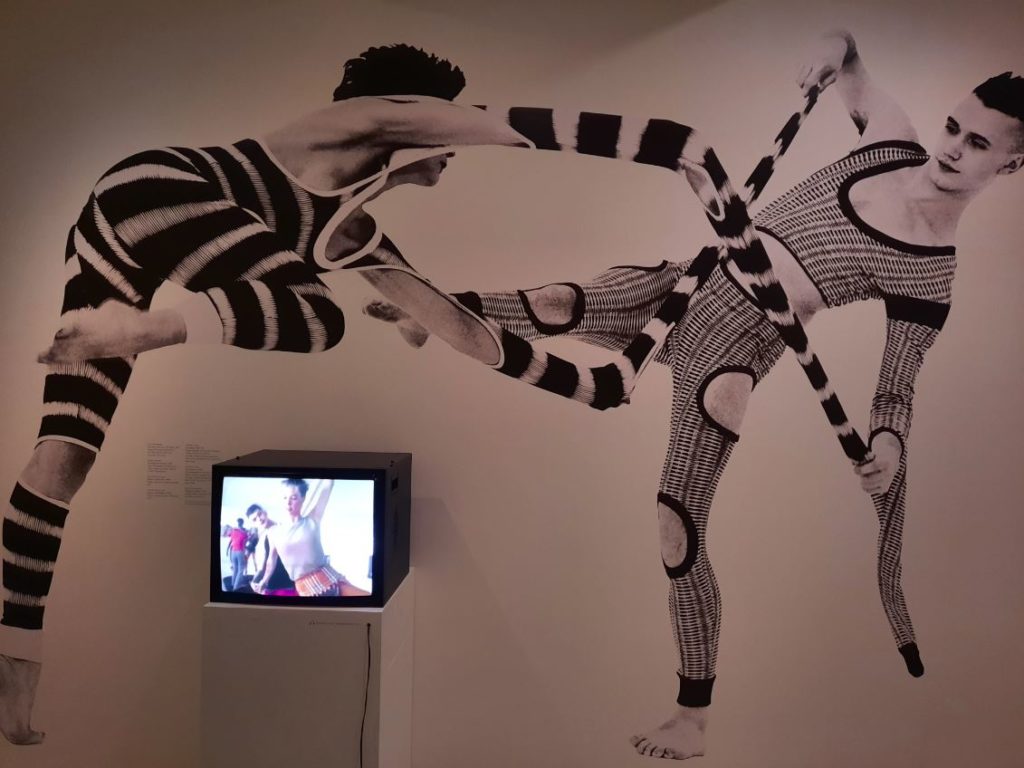
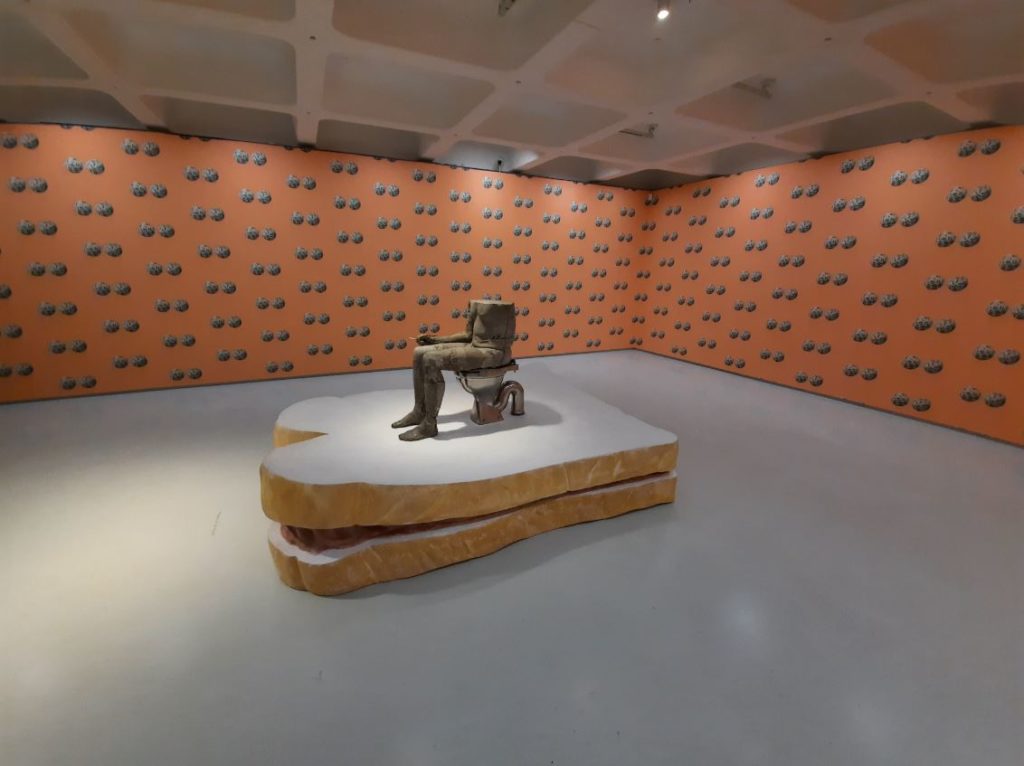

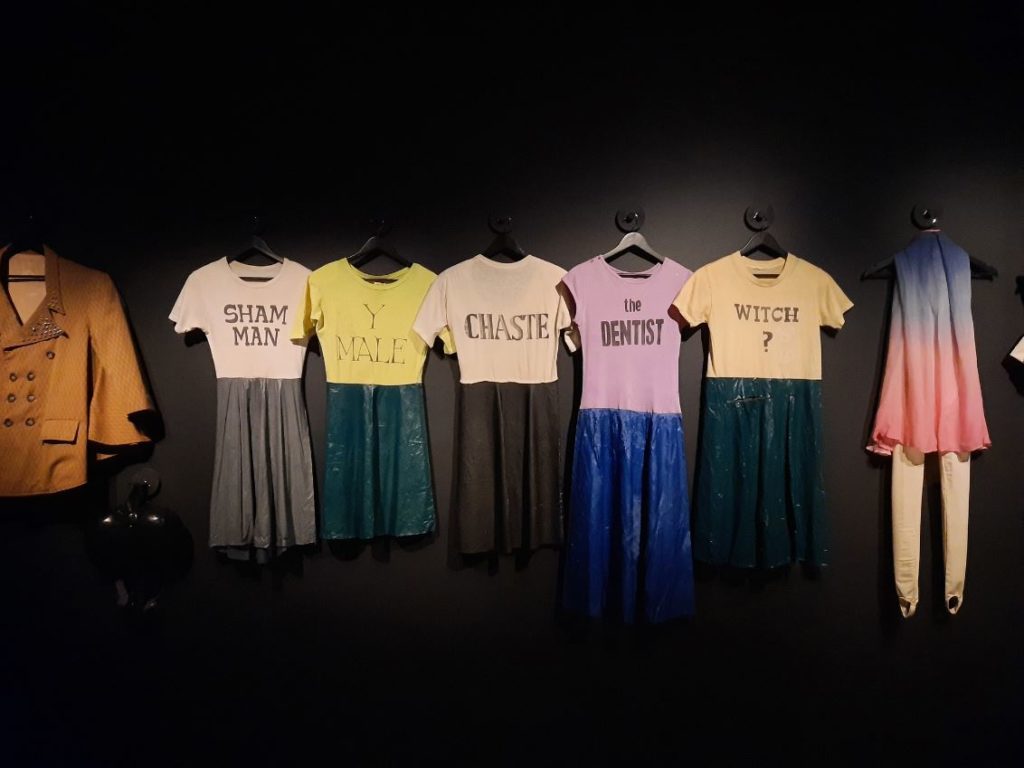

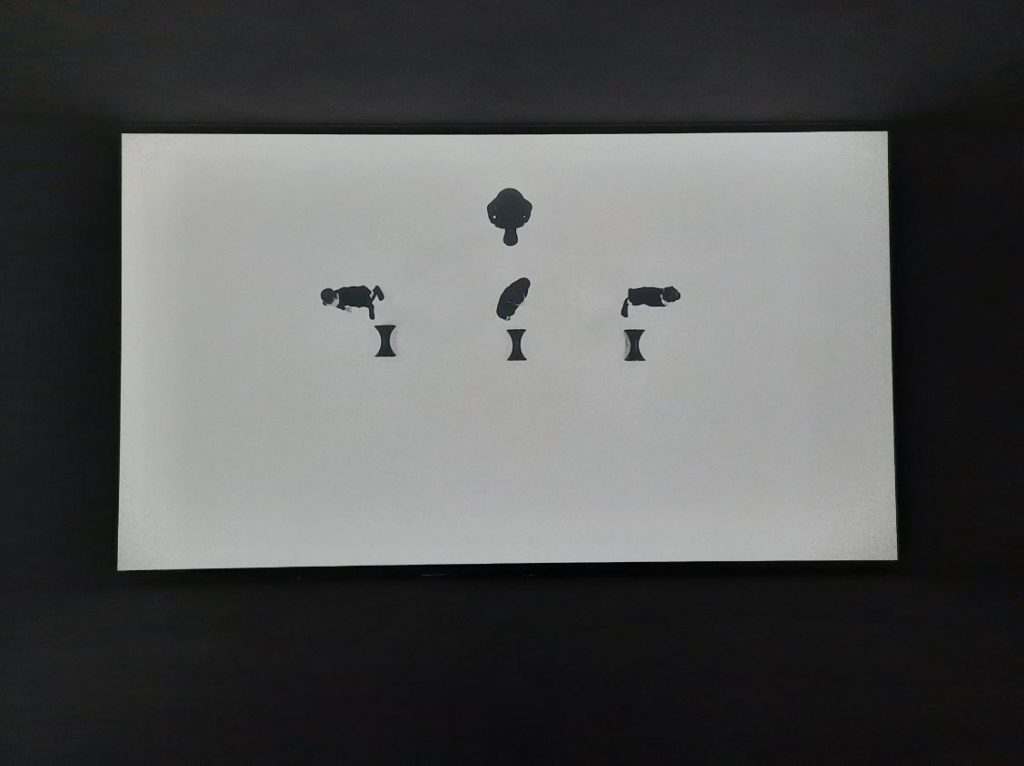




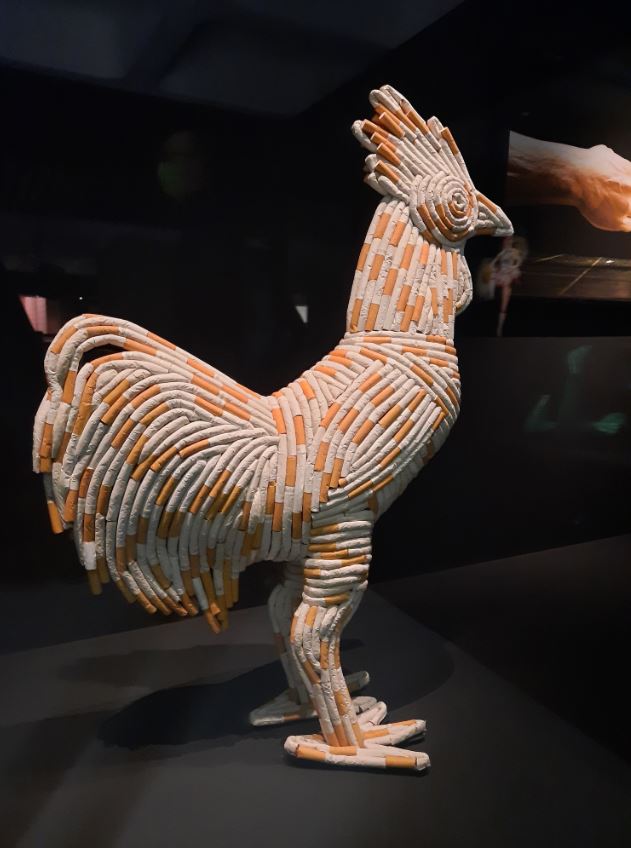
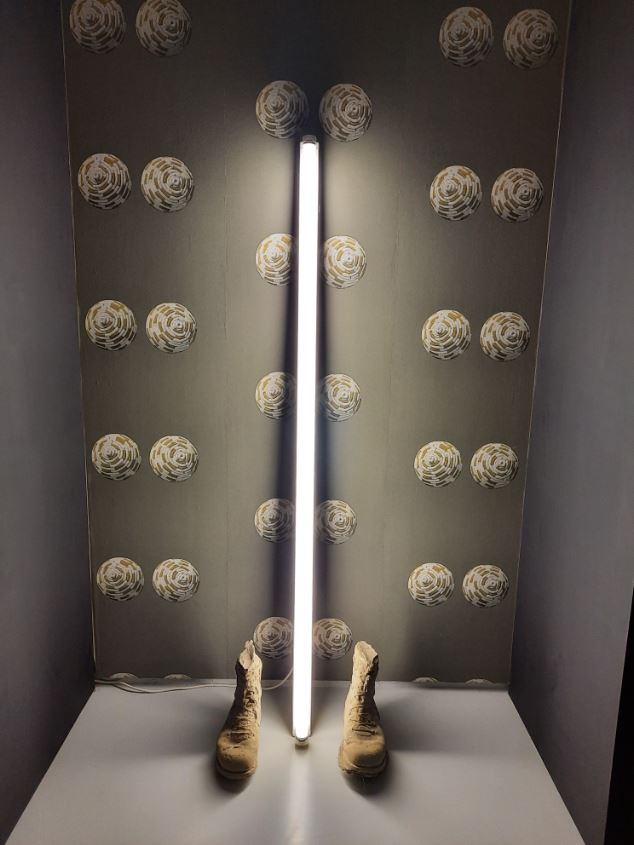
3 thoughts on “Michael Clark: Cosmic Dancer – Barbican, London”